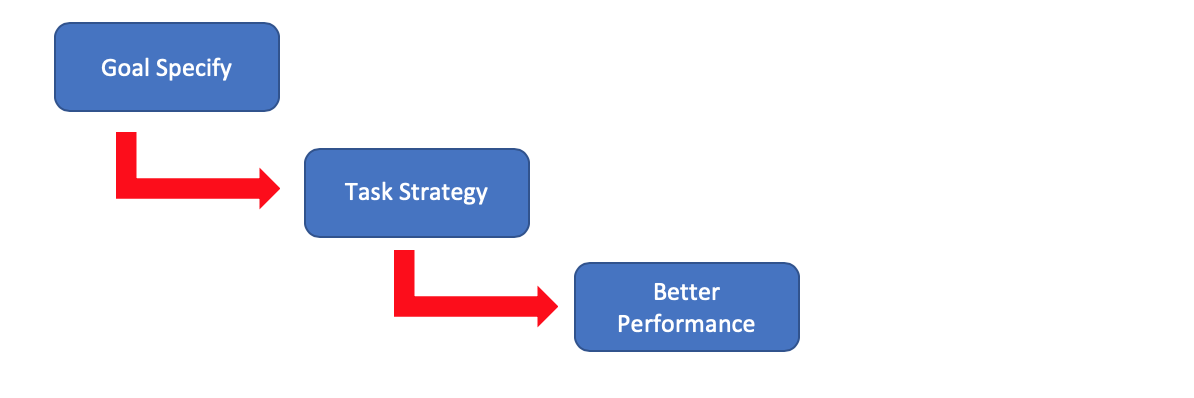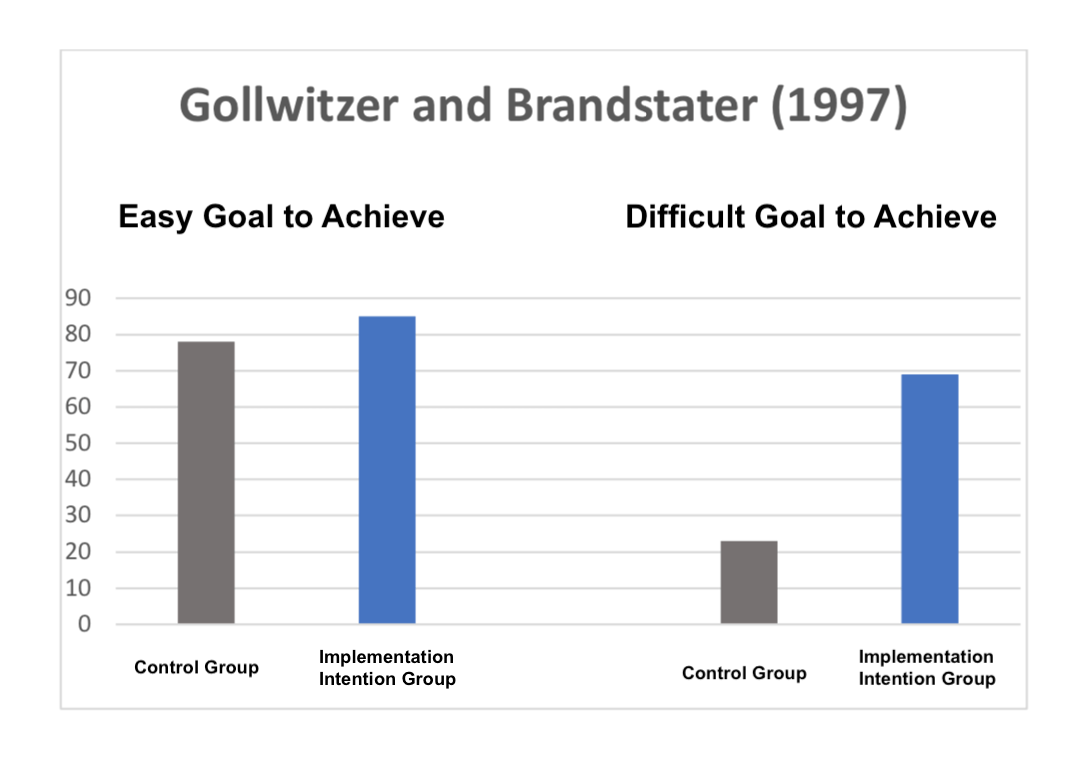
Learning a new behaviour is often difficult. Changing ingrained behaviour is even harder.
Emotions play a key role in helping us learn new behaviours or change behaviours that have become undesirable.
Here's what scientific research tells us to do when we really want to achieve a goal or change behaviour.
1- Identify the stimuli and emotions that cause undesirable behaviours.
2- Be as specific as possible about the behaviour you wish to adopt.
For years, research (Locke & Lathan, 2006) identifies a clear link between goal setting and increased motivation, self-esteem, self-confidence and independence.
It has been shown that people who set a level of performance to be attained achieve the goal they set much more often than those who leave the level of performance to be attained unclear.
It is desirable to be as specific as possible when one wishes to change behaviour or achieve a goal:

3- Visualize the behaviour you want to adopt (the goal you want to achieve)
This method is called Mental Contrasting.
This method is much more effective than Positive Thinking (since people are often helpless when faced with adversity).
What is particularly impressive with the Mental Contrasting Method is the sustainability of the results (multi-year studies by Professors Stadler, Oettingen and Gollwitzer).
4- Plan the behaviour you want to adopt (the goal you want to achieve)
Peter Gollwitzer demonstrated the importance of Implementation Intention (the definition of a course of action in the form of a plan If ... then ...).
For example: If someone gets on my nerves, then I tell him calmly what is bothering me and I take a 5 minute break (rather than insulting him).
This mental preparation has a proven effectiveness even when it comes to changing habitually ingrained behaviours (the results are, for example, 3 times better than those of the control group with regard to the practice of a sporting activity). In fact, Implementation Intention is particularly effective when the objective is difficult to achieve.

To make it easier: Plan your behaviour over a 30-day period
Some desired behaviours may be difficult to put into practice over a long period of time.
One solution is to commit to a 30-day period:
- That's enough time to see changes (progress creates momentum).
- This is a short enough period of time for the "pain" caused by the practice of the desired behaviours to be tolerable.
To change your behaviour over time: "Progressive Extremism".
"Progressive Extremism" is a concept defended by Nir Eyal that has shown remarkable results.
It's about adopting an extreme behaviour right away (but on a limited aspect), then gradually progressing
Progressive Extremism has two foundations:
1. It is much easier to commit to 100% than to 98%.
2. It is easier to change by setting the bar very low at the start and then raising it as you go along.
For example: If you have decided to stop drinking soda, you can adopt these extreme behaviours... gradually...
1. You may decide at first not to buy cans from the dispenser during working hours.
2. Then, once you have acquired this new behaviour, no longer drink sodas at the office even if you are offered a can.
3. Then, once you have learned this new behaviour, no longer buy sodas when you go shopping at the supermarket.
4. Then, once you have learned this new behaviour, do not drink any more sodas at home (even if another family member continues to buy sodas).
5. Then, once you have learned this new behaviour, do not drink sodas when you go out or when you are entertained by friends.
5- Regularly measure your results and share your results with someone you trust
When performance is measured, performance improves. When performance is measured and reported, the rate of improvement accelerates.
A study conducted by Professor Gail Matthews of the Department of Psychology at the Dominican University of California showed that :
- More than 70% of participants who sent weekly updates to a friend reported that they achieved their goal.
- This compares to only 35% for those who had kept their goals to themselves.
The Learning From Emotions (LFE) application takes advantage of research in neuroscience and behavioural studies. It is an excellent tool to develop your emotional intelligence, support your progress and encourage your transformation.
- LFE allows you to define improvement strategies that can be modified over time according to the results obtained.
- LFE allows you to see which strategies work and which are not adapted to your personality.
- LFE creates a virtuous loop by capturing your progress in the form of "Little Moments of Happiness".